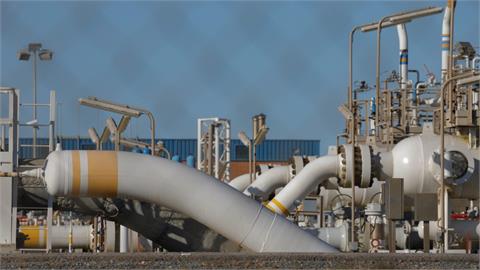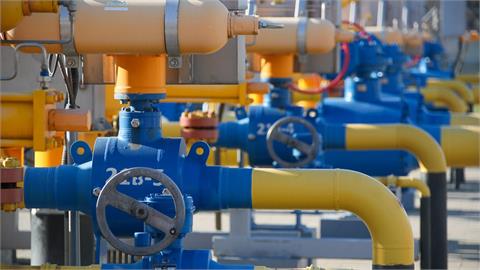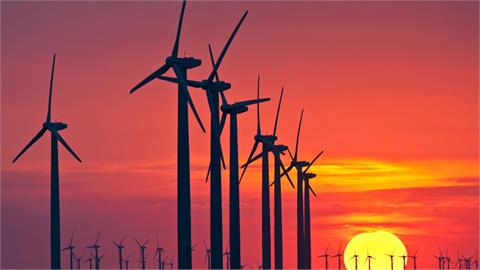Siemens Gamesa was the top wind turbine manufacturer in 2017, with 8.7 gigawatts (GW) of capacity, narrowly edging ahead of "longtime top vendor" Vestas' 8.6 GW, according to a new market report released on Tuesday.
World Wind Energy Market Update 2018 from the U.S.-based Navigant Research analyzes the global wind power market and the activity of large-scale wind turbine manufacturers, while detailing changes that occurred in the wind power sector during 2017 and providing an outlook through 2027.
According to the report, the global wind power industry experienced a year of transition in 2017, both in country markets and among the competing wind turbine manufacturers.
"Most notably, results from the major merger of Siemens and Gamesa show the combined company became the industry leader, surpassing longtime top vendor Vestas in terms of annual installed wind plant capacity," read a press release.
"Only 140 MW separated Siemens Gamesa from Vestas as the latter’s 421 MW of offshore capacity was attributed to MHI Vestas, a separate company representing a merger of Mitsubishi and Vestas," said Jesse Broehl, senior research analyst with Navigant Research.
"More relevant than splitting these minor differences is to acknowledge that these two companies are now peers, global heavyweights in the sector, and capable of installing an impressive amount of wind capacity well above their nearest competitors, and with great geographic diversity," he added.
According to the report, a total of 51.9 GW was installed globally in 2017, bringing the cumulative capacity to 538.3 GW. "This was a 4 percent decrease in installed annual wind capacity from 2016, in which 54.3 GW was built," it said, adding capacity figures often mask policy shifts that are increasingly challenging to the wind power sector and play a role in year-over-year decreases.
According to the report, a worldwide transition has been underway for the last two to three years from fixed wind energy support payments like the feed-in tariff to competitive power contract auctions and other more competitive dynamic pricing mechanisms. The resulting intense price competition is challenging for both wind plant developers and wind turbine manufacturers, with the entire value chain is being "squeezed", it said.
This issue, however, is being met by constant advances in the wind power industry, which has achieved "impressive" improvements in wind plant efficiency, reductions in levelized cost of energy, and increased annual energy production per wind turbine unit, according to the report.
"While challenging, these competitive policy environments will usher in more wind capacity at higher growth rates and introduce wind into markets that historically have not been willing to embrace wind power," it said.
According to the report, demand in 2018 is expected to be flat, but is likely to accelerate in 2019 as technology improves and wind cost performance becomes increasingly attractive to governments, utilities, and other stakeholders, particularly in the regions of Latin America, Africa, the Middle East, and Southeast Asia.
This year's report is Navigant Research's 23rd annual edition of the World Wind Energy Update.



